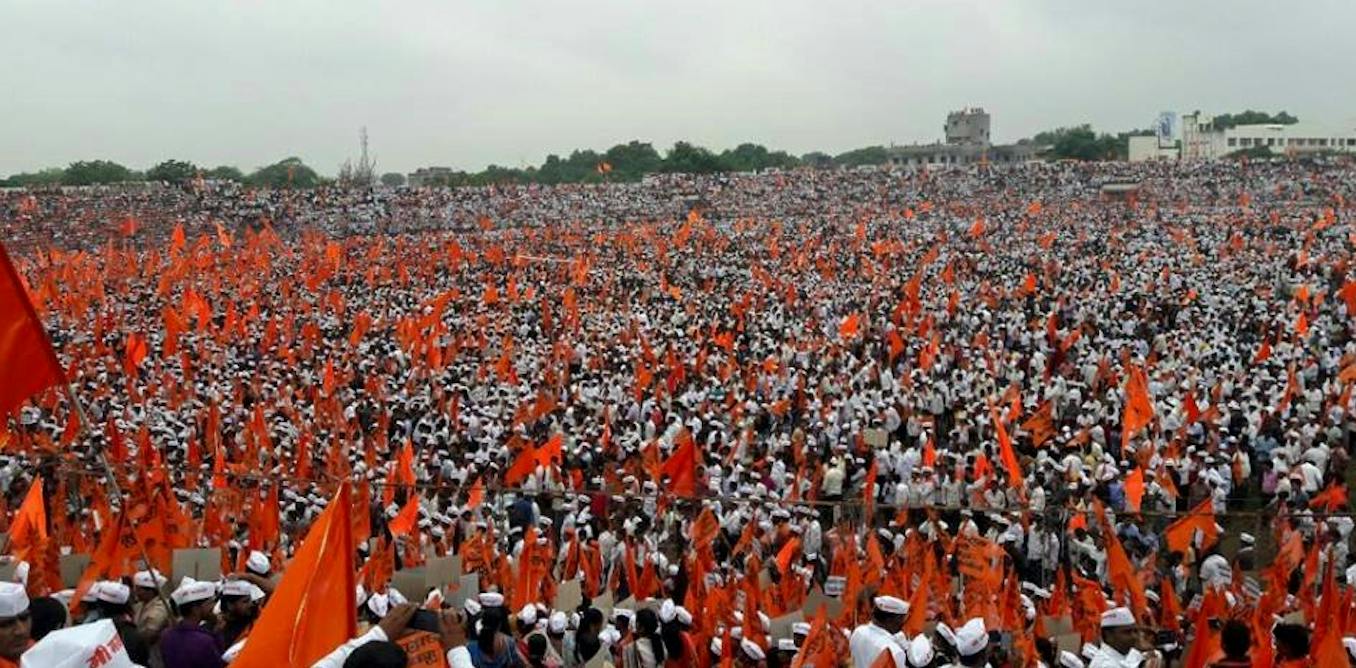India continues to grapple with persistent caste politics, exemplified by recent attacks on lower-caste members in the southwestern state of Gujarat during a festival.
Despite these challenges, the ruling Bhartiya Janata Party (BJP), led by Narendra Modi, is making a significant effort to appeal to lower castes. The key strategies involve reviewing social justice schemes, reexamining job reservations, and sub-categorizing lower castes.
These measures, however, are expected to deepen India’s caste politics and reinforce the caste system, the world’s oldest surviving social hierarchy. Indian society is divided among higher castes, lower castes (known as Other Backward Castes or OBCs), Scheduled Castes (Dalits or former “Untouchables”), and Scheduled Tribes (Adivasis).
India’s Persistent Struggle with the Curse of Caste Politics (Credits: BBC)
The BJP, strategically aiming to win the support of the 41% of the Indian population belonging to lower castes, is implementing various outreach initiatives. Notably, these efforts are driven more by electoral considerations than a genuine commitment to social justice.
The BJP’s shift in approach towards lower castes gained momentum after its defeat in the 2009 general election. While maintaining its emphasis on Hindu nationalism with dominant upper castes, the party has adopted multiple strategies to appeal to lower castes.
This includes highlighting Modi’s own lower-caste background, projecting him as a champion of lower castes, and supporting a Dalit presidential candidate.
Moreover, the BJP is actively engaging in lower caste-friendly gestures during assembly election campaigns, such as promising constitutional status to the National Commission for Backward Classes (NCBC).
The party is also advocating for a review of the reservation system, proposing a committee to sub-categorize lower castes into “backward,” “extremely backward,” and “most backward” classes.
Historically, lower-caste identity began to coalesce in 1955 with the recommendation of reservation quotas by the first Backward Classes Commission. The Mandal Commission’s recommendation in 1990 further galvanized lower-caste mobilization despite opposition from conservative groups associated with the BJP.
However, the BJP has since made peace with lower-caste aspirations, strategically gaining electoral support from a third of OBCs in the 2014 election. The party aims to break the monopoly of caste-based parties over lower-caste votes by painting them as corrupt and promoting individualized caste identity.
The BJP is actively building a network of lower-caste cadres and supporting lower-caste leaders through financial aid and political alliances. Simultaneously, right-wing Hindu organizations are engaging in the Hinduization of lower castes, while the BJP retains its core support base among higher castes.
As the BJP faces the challenge of retaining its support base and securing electoral victories, it is focusing on mobilizing the emerging middle-class OBC vote. The party’s willingness to adapt its strategies reflects its commitment to sustaining Narendra Modi’s charisma for the upcoming 2019 legislative elections.
